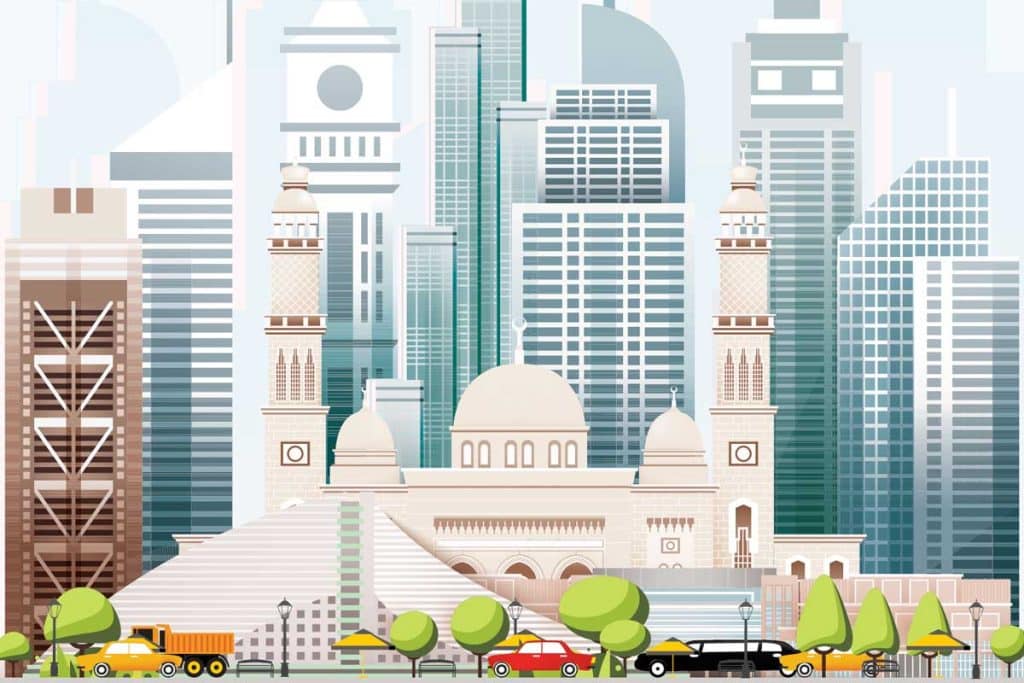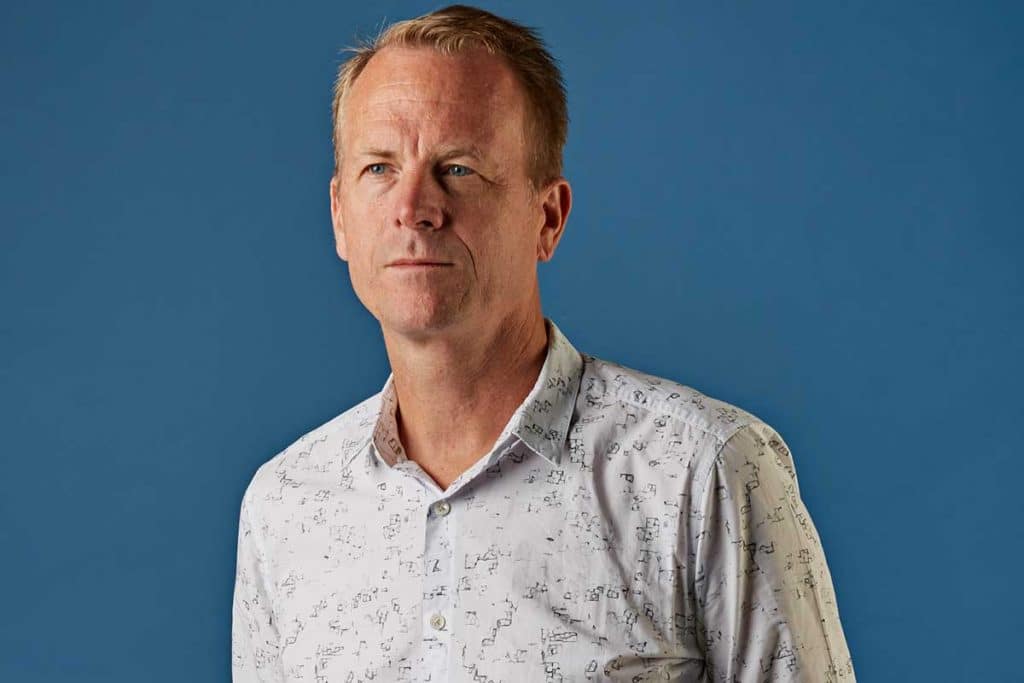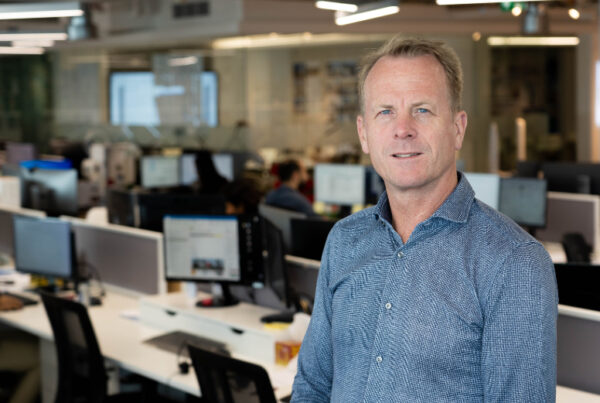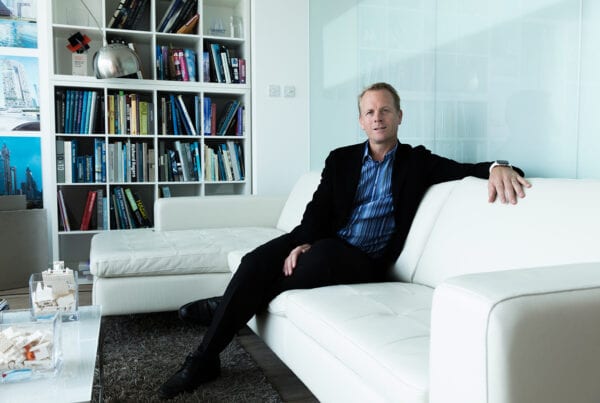In this special edition of Arabian Business, we present some of the leading figures who are making a difference in the design and architecture scene in the region and beyond.
August 2023
The architecture industry in the Middle East has witnessed a remarkable transformation over the past few decades. This dynamic region, with its rich history and diverse cultures, is now home to some of the world’s most iconic and awe-inspiring architectural wonders.
In this special edition of Arabian Business, we present some of the leading figures who are making a difference in the design and architecture scene in the region and beyond.
We also explore the growth and evolution of the architecture industry in the Middle East, the factors driving its development, and the unique challenges and opportunities it faces.
Architectural Renaissance in the Middle East
The Middle East has a long history of architectural excellence, evident in ancient structures like the Pyramids of Egypt, the Petra archaeological site in Jordan, and the Islamic architectural masterpieces such as the Taj Mahal in India. In recent years, the region has experienced an architectural renaissance driven by rapid urbanisation, economic growth, and ambitious development projects. Countries like the UAE, Qatar, and Saudi Arabia have emerged as global hubs for innovative and ground-breaking architecture.
Factors driving development
Economic boom: The oil-rich economies of the Middle East have fuelled significant economic growth, providing ample financial resources for ambitious architectural ventures. These nations have embraced modernisation and are keen to showcase their wealth and progress through impressive infrastructure and iconic buildings.
Urbanisation and population growth: The region’s population is increasingly shifting from rural to urban areas, leading to a surge in demand for residential, commercial, and public infrastructure projects. Architects are challenged to design sustainable and efficient spaces to accommodate the growing population.
Tourism and iconic landmarks: Several Middle Eastern countries have strategically invested in tourism by creating iconic landmarks and architectural marvels, which act as powerful symbols of their identity and attract visitors from around the world.

Architectural marvels of the Middle East
Burj Khalifa: Standing tall at 828 metres, the Burj Khalifa in Dubai is the tallest building globally, an engineering feat that has garnered international acclaim and transformed the city’s skyline.
The Museum of Islamic Art: Designed by I.M. Pei, this architectural gem in Doha showcases a stunning blend of traditional Islamic motifs and modern design principles, becoming a cultural landmark in the region.
King Abdullah Financial District: This ambitious project in Riyadh is an urban financial centre with avant-garde architectural designs that reflect the nation’s aspiration to become a global financial hub.
Opportunities for the future
Green building initiatives: Emphasising sustainable design and green building practices can help address environmental challenges and reduce the ecological footprint of new developments.
Integration of technology: Adopting building information modelling (BIM) and other advanced technologies can improve design efficiency, collaboration, and project management in the architecture industry.
Preserving heritage: While embracing modernity, the region must also preserve its rich architectural heritage by renovating historic structures and incorporating traditional elements in new designs.

Name: Shaun Killa
Designation: Design partner
Company: Killa Design
Country: UAE
With an extensive portfolio spanning over 25 years, Killa’s philosophy revolves around crafting innovative, low-carbon sustainable edifices that challenge architectural paradigms, resulting in iconic projects like the Dubai Opera House, the Almas Tower, and the Bahrain World Trade Centre, a pioneering integration of wind turbines on a large-scale building.
He has gained recognition for his distinctive approach to architecture and with the creation of environmentally conscious and cutting-edge projects, places a strong emphasis on sustainability that continuously pushes the boundaries of conventional design.
Notable projects
Established in 2015 in Dubai, Killa Design, under the guidance of visionary architect Killa, has been actively involved in several notable projects that have garnered critical acclaim in the architectural world. These include the awe-inspiring designs for the Museum of the Future, the Address Beach Resort, W Hotel Namaste, Vida Dubai Marina & Yacht Club, Marsa Al Arab, Sheybarah Island, Aykon Twin Towers, and the ground-breaking Office of the Future, the world’s first occupied 3D-printed building.
Presently, Killa Design is immersed in the construction of exciting projects such as the Jumeirah Marsa Al Arab Hotel in Dubai, the Sheybarah Resort for the Red Sea Development in KSA, as well as the Palm Residence and the Cavalli Residential Towers.
Killa’s portfolio epitomises a seamless amalgamation of avant-garde design and a profound consciousness for environmental stewardship. By seamlessly integrating sustainable principles into his projects, he establishes an elevated standard for the industry, demonstrating the transformative potential of environmentally conscious structures that elevate the urban landscape.
The integration of sustainability
Killa also serves as a keynote speaker at global conferences where he inspires architects and developers to challenge the status quo and embrace sustainable practices. His focus lies in the significance of sustainable buildings and masterplans, aiming to enhance the urban habitat, improve the lives of its inhabitants, and aggressively reduce carbon emissions from the built environment. His influential presence on the global stage drives positive change in the architectural industry, advocating for a more sustainable and environmentally conscious future.


